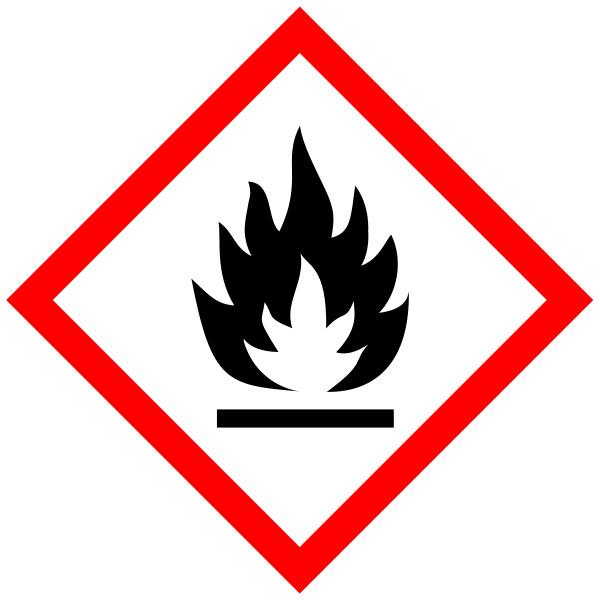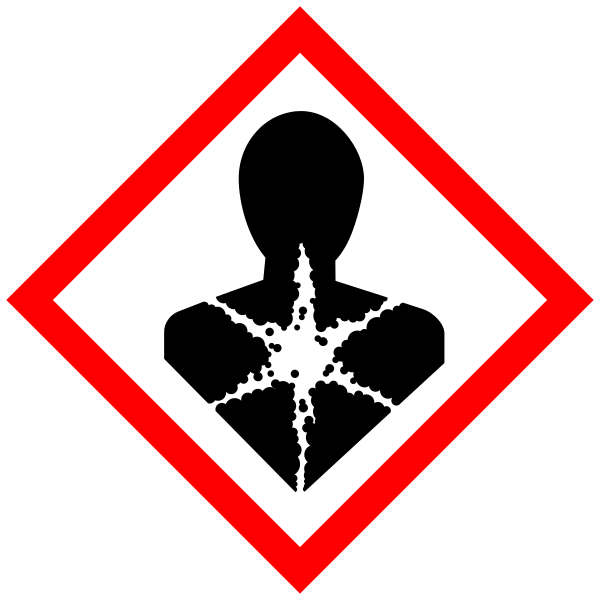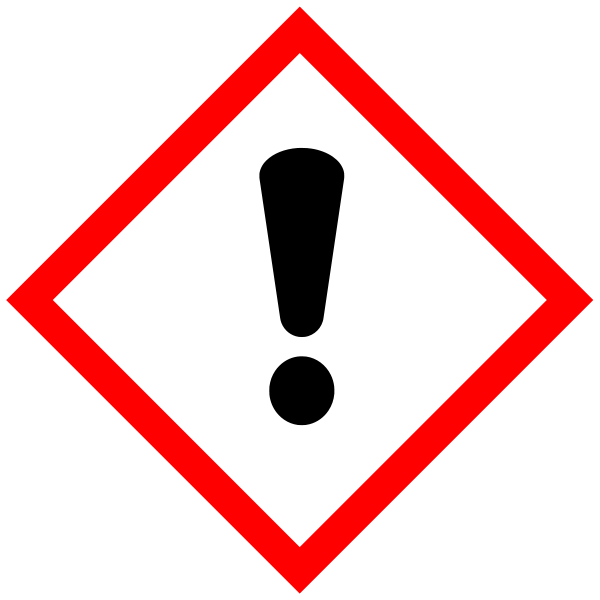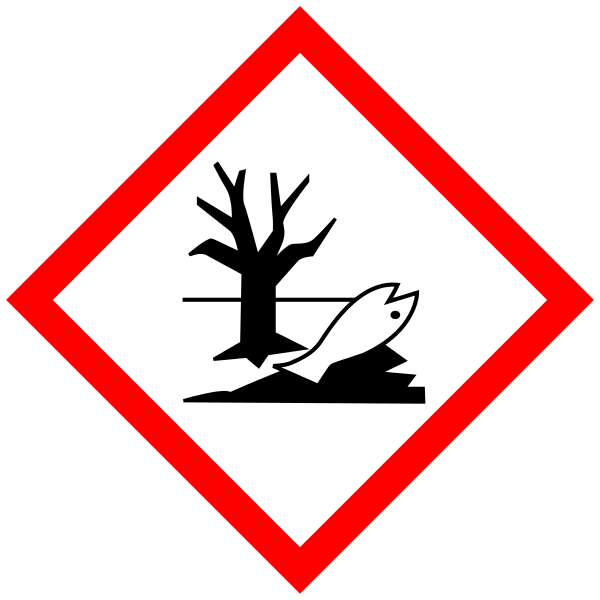Other names: isooctane, iso-octane, isobutyl trimethyl methane
Andere Namen: Isooctan, iso-Octan, i-octan, Isooktan, Isobutyltrimethylmethan
D’autres noms: isooctane, trimethyl-2,2,4-pentane
Otros nombres: iso-octano, isoctano
Altri nomi: isoottano
Chemical formula | Formel | formule | fórmula | formula : C8H18
CAS Number | CAS-Nr. | No. CAS | número CAS | numero CAS: 540-84-1
PubChem: 10907
Properties | Eigenschaften | propriétés | propiedades | proprietà
Density, molar mass | Dichte, molare Masse | masse volumique, masse molaire | densidad, masa molar | densità, mass moleculare: 0,69 g/cm3, 114,23 g/mol [1]
Appearance: colorless, odorless liquid [2]
Erscheinung: flüssig, farblos [1,6], fast geruchslos [6]/ benzinartig riechend [1]
Apparence: liquide incolore, d’odeur caractéristique [3]
Aspecto: líquido incoloro [4]
Aspetto: liquido incolore [5]
Refractive index | Brechungsindex | indice de réfraction |índice de refracción | indice di rifrazione : 1,391 [2], 1,3884 (298K) [1], 1,3890 [3], 1,39145 [4], 1,3915 (298K) [5]
Boiling point| Siedepunkt | point d’ébullition | punto de ebullición | temperatura di ebollizione: 99,30 °C, 210,74 °F, 372,45 K [2], 372,4 K, 99°C [1,4,5], 99,23 °C [3]
Melting point | Schmelzpunkt | point de fusion | punto de fusión | temperatura di fusione: -107,38°C, -161,28°F, 165,77 K [2], 165,77K, -107°C [1,3,4,5]
Flash point | Flammpunkt | point d’éclair |punto de inflamabilidad | punto di fiamma: -12°C, 10°F, 669K [2,6], 4,5°C (coupelle ouverte) [3,5], 277,6 K, 4°C [4]
Vapor pressure | Dampfdruck | pression de vapeur | presión de vapor | pressione di vapore: 5,5kPa (21°C) [2], 53hPa (20°C), 200hPa (50°C), 345 hPa (65°C) [1], 5,1 kPa (20°C) [3,5]
Evaporation rate | Verdunstungszahl | no. d’évaporation | no. de evaporación | no di evaporazione: 2,4 [2]
Solubility: very bad in water (2,1 mg/l at 20°C) [1]
Löslichkeit: sehr schlecht in Wasser (2,1 mg/l bei 20°C) [1] - Löslichkeitsparameter fd/ fp/ fh: -/ -/ - [6]
Solubilité/ miscibilité: dans l'eau : nulle [3]
Solubilidad: insoluble en agua [4]
Solubilità: in acqua 0,56 mg/l (298K) [5}
Applications | Verwendung | applications | uso | uso
As a solvent: polypropylene (room temperature), fat, oil, wax, paraffins, bitumen, natural rubber [6]
Used for: varnish removal (instead of white spirit) [6], as well in mixtures with isopropanol (50:50) or with isooctane-ethanol-diethyl ether (80:20:10 or 55:30:15) [7]
Als Lösungsmittel: Polypropylen (Raumtemperatur), Fette und Öle, Wachse, Paraffine, Bitumen, natürlicher Kautschuk [6]
Verwendet für: Firnisabnahme (anstatt Testbenzin) [6], auch in Mischungen Isooctan-Isopropanol (50:50), Isooctan-Ethanol-Diethylether (80:20:10 oder 55:30:15) [7]
Comme solvant: Polypropylène (température ambiante), graisse, huile, cire, paraffines, bitume, caoutchouc naturel [6]
Utilisé pour: l'élimination du vernis (au lieu de white-spirit) [6], ainsi que dans les mélanges avec l'isopropanol (50:50) ou avec l'isooctane-éthanol-éther diéthylique (80:20:10 ou 55:30:15) [7 ]
Como disolvente: Polipropileno (temperatura ambiente), grasa, aceite, cera, parafinas, betún, caucho natural [6]
Utiizado para: la eliminación del barniz (en lugar del white spirit) [6], así como en mezclas con isopropanol (50:50) o con isooctano-etanol-dietil éter (80:20:10 o 55:30:15) [7 ]
Come solventi: Polipropilene (temperatura ambiente), grasso, olio, cera, paraffine, bitume, gomma naturale [6]
Utilizzato per: la rimozione di vernice (invece dello acquaragia) [6], anche in miscele con isopropanolo (50:50) o con isooctane-etanol-dietil etere (80:20:10 o 55:30:15) [7]
Safety/ hazards | Gefahrenhinweise | précautions | peligrosidad | sicurezza
GHS signal word: Danger
GHS hazard statements: H225: Highly flammable liquid and vapour. H304: May be fatal if swallowed and enters airways. H315: Causes skin irritation. H336: May cause drowsiness or dizziness. H410: Very toxic to aquatic life with long-lasting effects.
GHS precautionary statements: P210: Keep away from heat, hot surfaces, sparks, open flames and other ignition sources. No smoking [1,2,5]. P233: Keep container tightly closed [1]. P240: Ground/bond container and receiving equipment [1,5]. P261: Avoid breathing dust/fumes/gas/mist/vapours/spray [2]. P273: Avoid release to the environment [1,2,5]. P301+310: IF SWALLOWED: Immediately call a POISON CENTER/doctor/… [1,2,5]. P302+352: IF ON SKIN: Wash with plenty of water/… [1,5]. P304+340: IF INHALED: Remove person to fresh air and keep comfortable for breathing [1]. P331: Do NOT induce vomiting [1,2,5]. P403+235: Store in a well ventilated place. Keep cool [1].
Permissible exposure limit (US health exposure limit): ?
Threshold limit value: 500ppm (skin) [6], not stated as possibly cancerogen [1]
Sicherheitshinweise (SGA): leicht entzündlich, gesundheitsgefährdend, reizend, umweltschädigend
H-Sätze: H225 Flüssigkeit und Dampf leicht entzündbar. H304 Kann bei Verschlucken und Eindringen in die Atemwege tödlich sein. H315 Verursacht Hautreizungen. H336 Kann Schläfrigkeit und Benommenheit verursachen. H410 Sehr giftig für Wasserorganismen mit langfristiger Wirkung.
P-Sätze: P210 Von Hitze, heißen Oberflächen, Funken, offenen Flammen sowie anderen Zündquellenarten fernhalten. Nicht rauchen [1,2]. P233 Behälter dicht verschlossen halten [1]. P240 Behälter und zu befüllende Anlage erden [1]. P261 Einatmen von Staub / Rauch / Gas / Nebel / Dampf / Aerosol vermeiden [2]. P273 Freisetzung in die Umwelt vermeiden [1,2]. P301+P310 Bei Verschlucken: Sofort Giftinformationszentrum, Arzt oder … anrufen [1,2]. P302+P352 Bei Berührung mit der Haut: Mit viel Wasser / … waschen [1]. P304+P340 Bei Einatmen: Die Person an die frische Luft bringen und für ungehinderte Atmung sorgen [1]. P331 Kein Erbrechen herbeiführen [1,2]. P403+P235 Kühl an einem gut belüfteten Ort aufbewahren [1].
MAK-Wert: 500 ppm (Aufnahme durch Haut) [6], nicht festgelegt, da möglicherweise krebserzeugend [1]
Atemschutzfilter (https://de.wikipedia.org/wiki/Atemschutzfilter): A (braun) [2]
Précautions (SGA): nocif, facilement inflammable, dangereux pour l’environnement
Phrases H: H225 Liquide et vapeurs très inflammables. H304 Peut être mortel en cas d'ingestion et de pénétration dans les voies respiratoires. H315 Provoque une irritation cutanée. H336 Peut provoquer somnolence ou vertiges. H410 Très toxique pour les organismes aquatiques, entraîne des effets à long terme.
Phrases P: P210 Tenir à l’écart de la chaleur/des étincelles/des flammes nues/des surfaces chaudes. — Ne pas fumer [1,2]. P233 Maintenir le récipient fermé de manière étanche [1]. P240 Mise à la terre/liaison équipotentielle du récipient et du matériel de réception [1]. P261 Éviter de respirer les poussières/ fumées/ gaz/ brouillards/ vapeurs/ aérosols [2]. P273 Éviter le rejet dans l’environnement [1,2]. P301+P310 EN CAS D’INGESTION : appeler immédiatement un CENTRE ANTIPOISON ou un médecin [1,2]. P302+P352 EN CAS DE CONTACT AVEC LA PEAU : laver abondamment à l’eau et au savon [1]. P304+P340 EN CAS D'INHALATION : transporter la victime à l’extérieur et la maintenir au repos dans une position où elle peut confortablement respirer [1]. P331 NE PAS faire vomir [1,2]. P403+P235 Stocker dans un endroit bien ventilé. Tenir au frais [1].
Valeur d'exposition: 500ppm (peau) [6], pas déclaré car il est peut-être un cancérogène [1].
Peligrosidad (SGA):
Frases H: H225: Líquidos inflamables, categoría 2. Líquido y vapores muy inflamables. H304: Peligro por aspiración, categoría 1. Puede ser mortal en caso de ingestión y penetración en las vías respiratorias. H315: Irritación o corrosión cutáneas, categoría 2. Provoca irritación cutánea. H336: Toxicidad específica en determinados órganos-Exposición única, categoría 3, narcosis. Puede provocar somnolencia o vértigo. H410: Peligroso para el medio ambiente acuático-Peligro crónico, categoría 1. Muy tóxico para los organismos acuáticos, con efectos nocivos duraderos.
Frases P: P210: Mantener alejado de fuentes de calor, chispas, llama abierta o superficies calientes-No fumar [1,2]. P233: Mantener el recipiente herméticamente cerrado [1]. P240: Conectar a tierra/enlace equipotencial del recipiente y del equipo de recepción [1]. P261: Evitar respirar el polvo/el humo/el gas/la niebla/los vapores/ el aerosol [2]. P273: Evitar su liberación al medio ambiente [1,2]. P301+P310: EN CASO DE INGESTIÓN: Llamar inmediatamente a un CENTRO DE INFORMACIÓN TOXICOLÓGICA o a un médico [1,2]. P302+P352: EN CASO DE CONTACTO CON LA PIEL: Lavar con agua y jabón abundantes [1]. P304+P340: EN CASO DE INHALACIÓN: Transportar a la víctima al exterior y mantenerla en reposo en una posición confortable para respirar [1]. P331: NO provocar el vómito [1,2]. P403+P235: Almacenar en un lugar bien ventilado. Mantener en lugar fresco [1].
Límite de exposición ocupacional: 500ppm (piel) [6], no se indica ya que es posiblemente cancerógeno [1]
Indicazioni di sicurezza (SGA): facilmente infiammabile, tossico a lungo termine, pericoloso per l’ambiente, irritante
Frasi H: H225 – Liquido e vapori facilmente infiammabili. H304 – Può essere letale in caso di ingestione e di penetrazione nelle vie respiratorie. H315 – Provoca irritazione cutanea. H336 – Può provocare sonnolenza o vertigini. H410 – Molto tossico per gli organismi acquatici con effetti di lunga durata. [1,2]
Consigli P: P210 – Tenere lontano da fonti di calore, superfici riscaldate, scintille, fiamme e altre fonti di innesco. Vietato fumare [1,2]. P233 – Tenere il recipiente ben chiuso [1]. P240 – Mettere a terra / massa il contenitore e il dispositivo ricevente [1]. P261 – Evitare di respirare la polvere/i fumi/i gas/la nebbia/i vapori/aerosol [2]. P273 – Non disperdere nell'ambiente {1,2]. P301 + P310 – IN CASO DI INGESTIONE: contattare immediatamente un CENTRO ANTIVELENI/un medico/… [1,2]. P302 + P352 – IN CASO DI CONTATTO CON LA PELLE: Lavare abbondantemente con acqua/…. [1]. P304 + P340 – IN CASO DI INALAZIONE: Trasportare l'infortunato all'aria aperta e mantenerlo a riposo in posizione che favorisca la respirazione [1]. P331 – NON provocare il vomito [1,2]. P403 + P235 – Conservare in luogo fresco e ben ventilato [1].
Threshold Limit Value:500ppm (pelle) [6] Non dichiarato in quanto è eventualmente cancerogeno [1].
References | Quellen | sources | referencias | bibliografia
[1] Wikipedia de
[2] Wikipedia en
[3] Wikipedia fr
[4] Wikipedia es
[5] Wikipedia it
[6] P. Bruckner-Laufer, C. Gürtler Subal, B. Scheibli, Handbuch der flüssigen und gasförmigen Arbeitsstoffe in der Konservierung und Restaurierung, Bern/ Stuttgart/ Wien 1997
[7] G. Banik, G. Krist (Hrsg.), Lösungsmittel in der Restaurierung, 3. Aufl., Wien 1984






